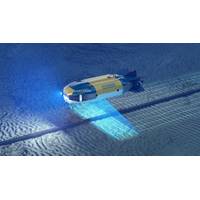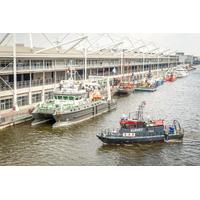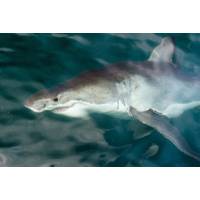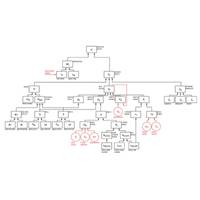
Oceaneering's Hybrid AUV/ROV Achieves TRL 6 For Pipeline Inspection
being tracked once the vehicle has navigated safely past the object, Oceaneering said.Oceaneering said that the initial configuration of Freedom for pipeline Inspection includes outfitting with high specification instruments such as Inertial Navigation System, Laser Scanning System as well as Multibeam Sonar technology to take advantage of Freedom’s unprecedented pipeline tracking ability and proximity to the pipe."Freedom offers customers a new level of efficiency, providing significantly improved and more complete data sets than obtainable via traditional AUV pipeline inspection techniques

Sonar Assists Deepest Solo Sub Dive
the Puerto Rico Trench -- the deepest solo human submersible dive ever.It goes without saying that state-of-the-art subsea technology was key to the mission's success. The submersible, a Triton 36000/2, features a 90mm thick pressure hull and is the first commercially certified full ocean depth.New multibeam sonar technology from Kongsberg Maritime also played a big part in the feat. Utilized for precision mapping, the Kongsberg EM 124 was installed aboard the DSSV Pressure Drop to produce seafloor bathymetry to map the trench."[The EM 124] produced digital 3D renderings of the sea floor

Expanded Waterfront for Oi18
. On-water Demonstrations On-water demonstrations will take place throughout the three-day Oi18 on several participating exhibitor vessels. Exhibitors taking part in these include Braveheart, Briggs Marine, iXblue, MS-Geotech Ltd, Norbit and R2Sonic. R2Sonic LLC, a pioneer in re-inventing multibeam sonar technology, will run daily live on-water demos to highlight the capabilities of its innovative solutions. Ultra-High Density (UHD) increases the sampling rate and accelerates the process of data as it relies on additional independent bottom samples; Ultra High Resolution (UHR) provides ultra-high

Unmanned Vehicles In, On and Above the Water
Aerosystems, Inc.; and Teledyne Marine, Inc. (all with bases in California). Together, the team demonstrated multi-interoperability among five different unmanned systems on the water, in the air and subsea. A Z-Boat 1800RP unmanned surface vehicle (USV) from Teledyne Oceanscience used Odom MB2 multibeam sonar technology to search for and inspect targets of interest near the dock, while a Planck Shearwater unmanned aerial system (UAS) launched from one of Marine Advanced Research’s 16’ WAM-V USVs to track the location and activity of the Z-Boat, holding station in the air to indicate targets

Sonar Technology to Be Used to Detect Sharks in the US
up to 12 feet in length, posing a threat to surfers and beachgoers. In order to provide an early warning to the relevant authorities managing beach safety, sharks can be detected and tracked using the SMS marine monitoring system utilizes Tritech International Limited Gemini 720is multibeam sonar technology in conjunction with its SharkTec software. Tritech’s original high-definition sonar imaging software, conventionally used in the subsea oil and gas sector, was adapted by utilizing shark and marine activity data collected by SMS. A benefit of the marine monitoring

Seamless Hydrographic Workflow: Processing Evolved
Multibeam sonar technology has seen steady advancements leading to higher quality, cleaner data. To capitalize on this technology, hydrographers are consistently adjusting their workflows to deliver detailed and accurate information in an efficient manner. Issues arise due the incorporation of a variety of software solutions within a single non-seamless (acquisition through deliverable) workflow. This often results in an accumulation of human error which leads to inaccurate final products and/or poor decisions with undesirable consequences (Beaudoin, 2017). Advancements in the hydrographic workflow by


 February 2024
February 2024





